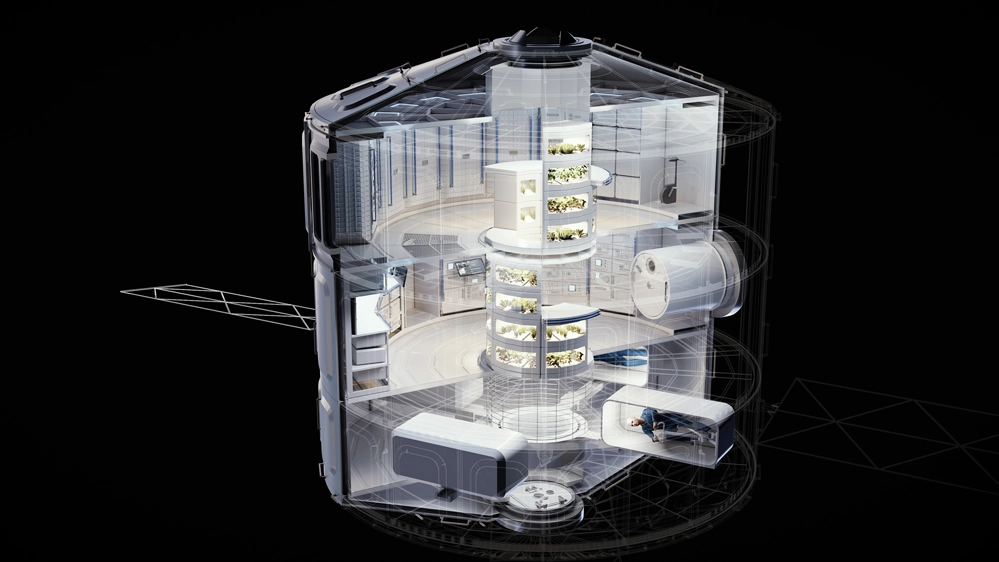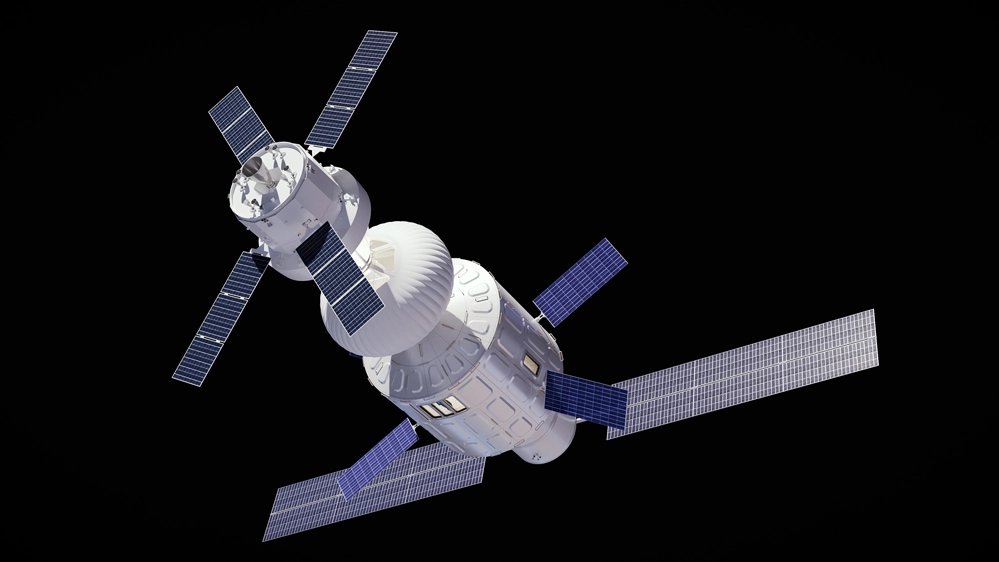NASA is planning to crash the International Space Station into the Pacific Ocean in early 2031, but never fear, Airbus has designed a stylish successor.
The aerospace giant unveiled a new concept this week that could prove a worthy replacement for the aging ISS. The orbital module, known as the Airbus Loop, could host four astronauts in low Earth orbit or lunar orbit. It could even support future missions to Mars.
The Loop was designed to make long-term stays in space as comfortable and enjoyable as possible for space dwellers. Spanning 26 feet long and wide, the vessel offers a generous amount of space across three decks.

Airbus
The Habitation Deck includes accommodation for four astronauts, though can be temporarily configured to sleep eight if needed. The crew quarters are also equipped with a gym. The Science Deck is outfitted with all the gear needed for research, while the third deck houses a Centrifuge that can simulate gravity in space to reduce the stress of weightlessness on the body. The decks are connected via a center “tunnel” that doubles as an epic greenhouse.
What’s more, the modular layout can be tweaked depending on the mission. There is also the option to combine several modules into a larger station with more decks. Airbus says the craft is not only compatible with all modern crew and cargo vehicles, but it could easily fit with other future infrastructure.

Airbus
Featuring a rigid outer shell, the Loop can be paired with the latest generation of super-heavy launchers and shot into space in one piece. As a result, it is immediately operational once it is in orbit and ready to host humans straight away.
The existing ISS, which was launched in 1998, has well exceeded its 15-year lifespan and is now quite long in the tooth. As such, deorbit has been scheduled for January 2031. Although it marks the end of an era, the vessel’s retirement does create space in, well, space for a contemporary creation. Airbus says it is engaging with partners around the globe to “actively shape the future of human spaceflight,” but hasn’t given any further details about launching the Loop at this stage. It does have seven years to build it, though.
Click here to see all photos of the Loop.










